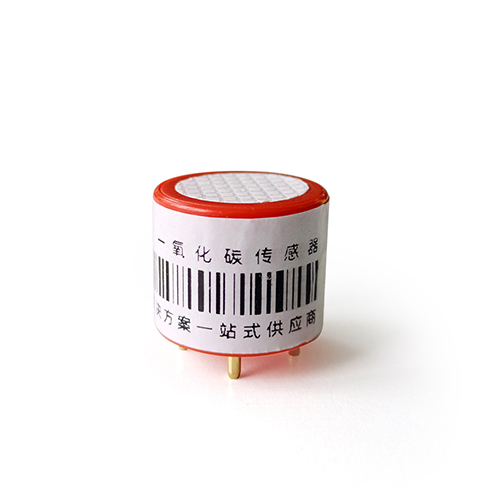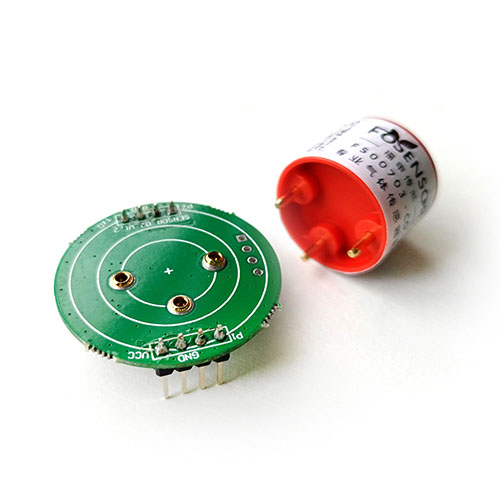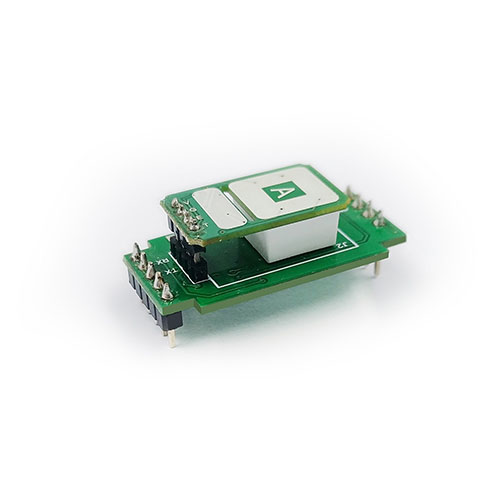CO vs Co2 sensor
Carbon monoxide and carbon dioxide sensors are one of the commonly used indoor sensors. Want to know about CO vs Co2 sensor? It starts with a basic understanding of carbon monoxide and carbon dioxide. These two gases have very similar names because they are both a mixture of carbon and oxygen. But the two gases are produced through different chemical reactions.
Carbon dioxide production
Carbon dioxide is a byproduct of complete combustion, which is a chemical reaction where hydrocarbons combine with oxygen to form carbon dioxide and water. During complete combustion, flames are typically produced. Candle combustion serves as an example of complete combustion, where the hydrocarbon wax of the candle reacts with oxygen from the air when the wick is lit, generating heat. As a result, a colorless and odorless gas, namely carbon dioxide, is released into the air.
Most of the carbon dioxide in the atmosphere comes from natural sources such as oceans, animal (including humans) and plant respiration, decomposition of organic matter, forest fires and volcanic eruptions.
Carbon monoxide production
Carbon monoxide is a product of incomplete combustion. Incomplete combustion occurs when there is insufficient air supply during combustion, and only half of the oxygen reacts with the carbon to form carbon monoxide (one CO molecule contains one oxygen atom, and one CO2 molecule contains two oxygen atoms).
Unlike carbon dioxide, carbon monoxide in the atmosphere does not occur naturally, but is produced through the incomplete combustion of raw materials such as coal, natural gas and oil. When the oxygen content is low and the combustion temperature is too low, carbon monoxide will appear in the mixture produced by combustion.
Any fuel-burning appliance we use, including gas stoves, ranges, dryers, water heaters, fireplaces, and cars, can create large, life-threatening levels of carbon monoxide around our home or office. Carbon monoxide is a colorless, odorless gas that must be identified by professional equipment.
Health hazards of carbon monoxide and carbon dioxide?
Although cases of carbon dioxide poisoning are rare, confined spaces can become toxic when the concentration of carbon dioxide is too high. Excessive levels of carbon dioxide can take up space for oxygen in the air, creating an asphyxiating environment. When the carbon dioxide concentration is close to 30,000ppm, mild carbon dioxide poisoning symptoms such as headache and dizziness will be caused. When the carbon dioxide concentration reaches 80000ppm, it may be life-threatening. The Occupational Safety and Health Administration (OSHA) has set the CO2 Permissible Exposure Limit (PEL) at 5,000ppm for 8 hours and 30,000ppm for 10 minutes for reference.
Carbon monoxide is far more dangerous than carbon dioxide. Carbon monoxide is a colorless, odorless, tasteless, and non-irritating gas. It is difficult to find early signs of poisoning, so it is called the “ghost killer”. According to the U.S. Centers for Disease Control and Prevention, more than 50,000 people are hospitalized each year due to carbon monoxide poisoning in the United States, and more than 430 people die from carbon monoxide poisoning. [4] Carbon monoxide is so dangerous because it binds to the part of the blood that carries oxygen molecules, rendering that part incapable of transporting oxygen and preventing the body and organs from getting the oxygen they need. At present, the average permissible exposure limit (PEL) of carbon monoxide within 8 hours stipulated by OSHA is 50ppm, which is much lower than the PEL of carbon dioxide. Exposure levels up to 1500 ppm are considered immediate threat to life and health (IDLH).
CO vs Co2 sensor
CO sensor
Carbon monoxide is a commonly encountered toxic gas in daily life. It is both colorless and odorless, making it difficult to detect without specialized equipment. Exposure to carbon monoxide can be extremely dangerous and potentially life-threatening.
In the context of a greenhouse, the presence of carbon monoxide mixed with air can give rise to an explosive mixture. If this mixture comes into contact with an open flame or high temperatures, it can result in combustion and potentially cause an explosion. Carbon monoxide is classified as a flammable and explosive gas, further emphasizing the need for caution and appropriate safety measures.
The carbon monoxide sensor adopts electrochemical technology to measure CO concentration, and the response is fast and sensitive. The sensor is widely used in CO detection occasions such as air quality detection and smart home.
CO2 sensor
Carbon dioxide is a vital raw material for the process of photosynthesis in green plants, accounting for 95% of the dry weight of crops. Therefore, maintaining proper concentration levels using carbon dioxide sensors plays a crucial role in optimizing crop yields.
The carbon dioxide sensor utilizes advanced infrared verification technology to measure CO2 concentration. This technology ensures rapid and sensitive responses, eliminating the issues of service life and long-term drift associated with traditional electrochemical sensors. As a result, these sensors find widespread application in agricultural greenhouses, flower cultivation, edible fungus cultivation, and other environments that necessitate accurate monitoring of CO2 levels.









